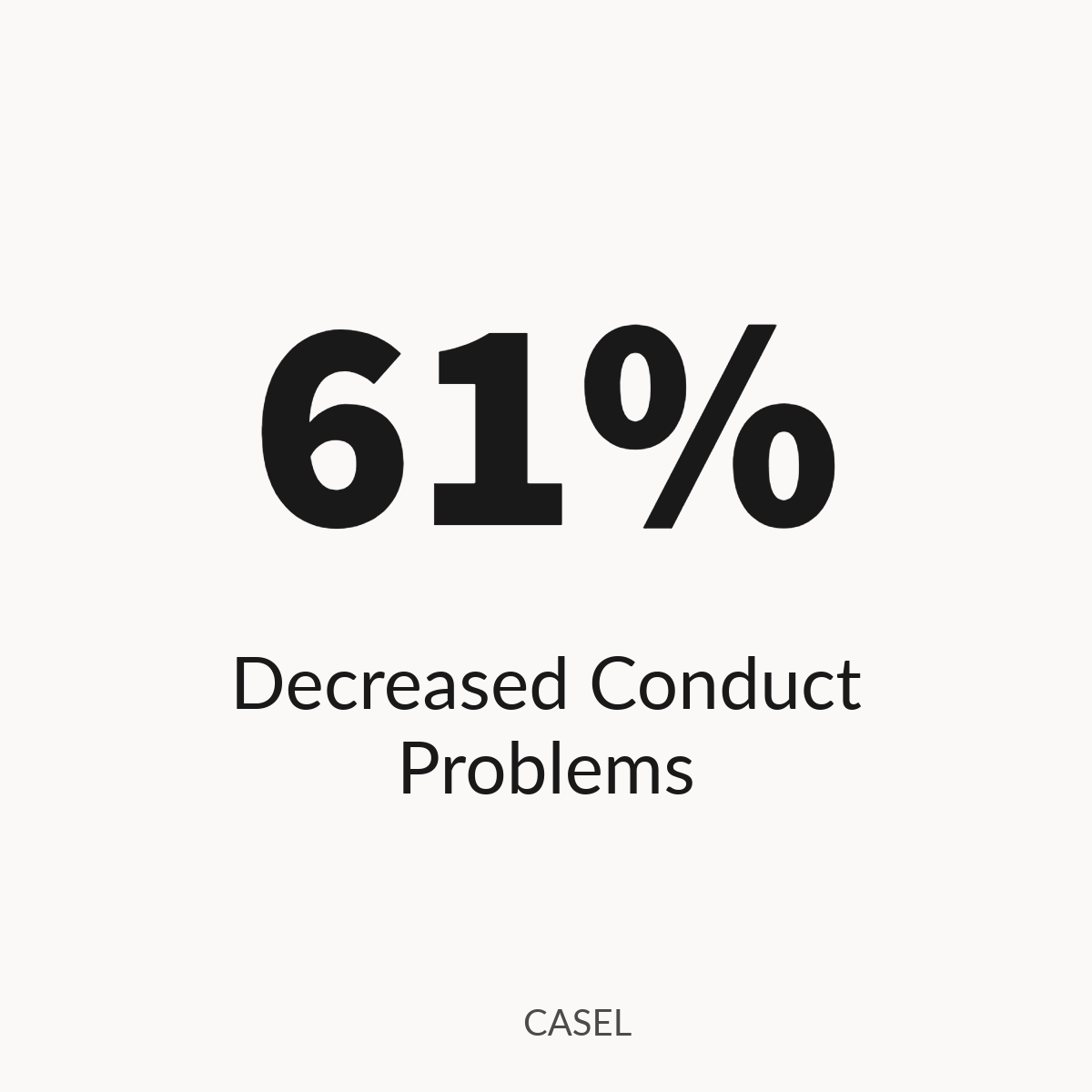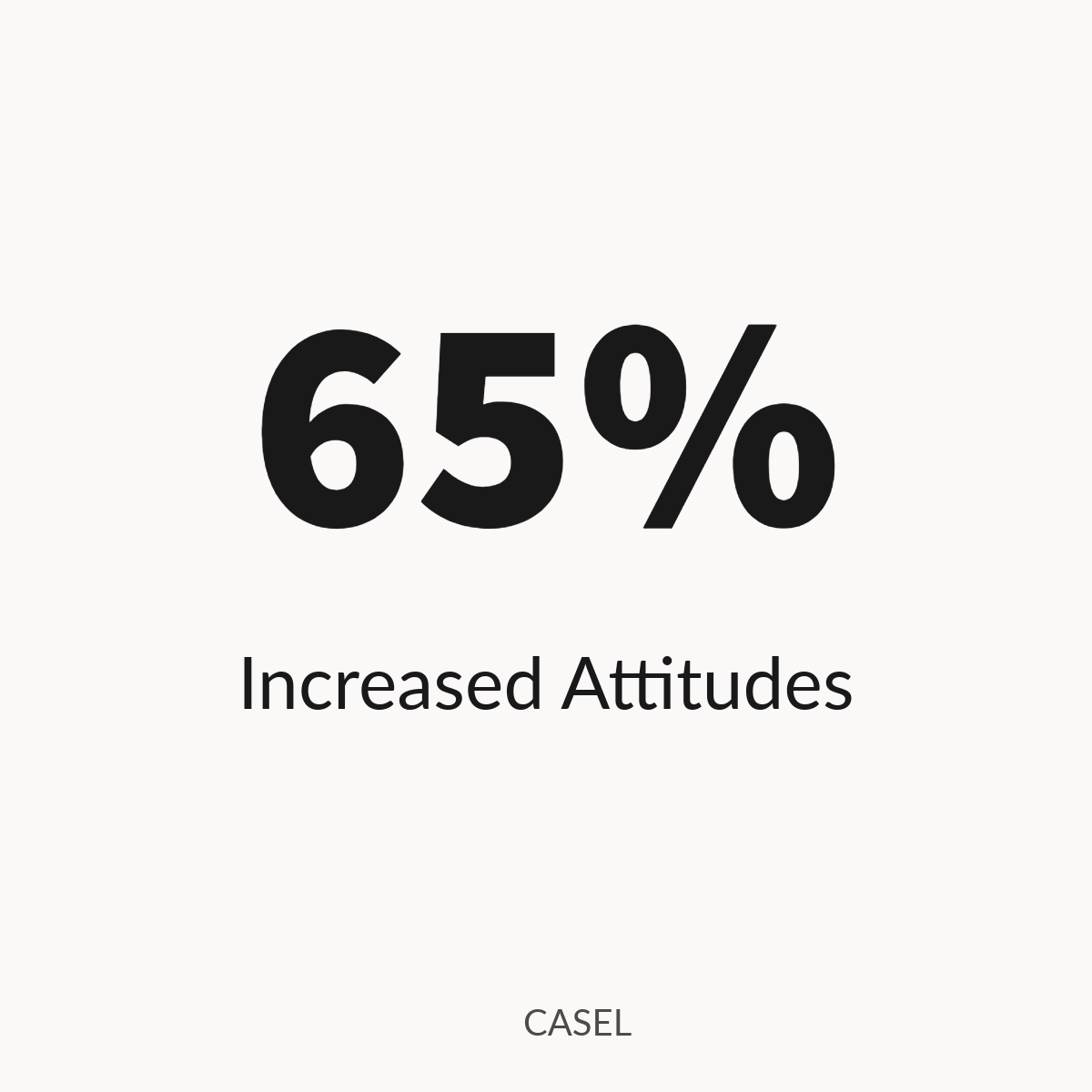Educators and School Counselors, Register here for August 5 and 6 Positive Discipline in the Classroom Certification

CURRENT CHALLENGES IN SCHOOL COMMUNITIES
-
An average of 11% of school principals left the field of education altogether in 2023. (National Center for Education)
-
An average of 23% of teachers left their schools in 2023. (National Center for Education)
-
30 - 40% of students miss more than ten school days per year. (Collaborative for Academic and Social-Emotional Learning)
-
Mental health concerns for adults and children are at record highs, contributing to tension in schools when teachers feel unequipped and discouraged while encountering struggling students.
-
Less than half of students feel a sense of belonging at school. (Collaborative for Academic and Social Emotional Learning)
Solutions Focused Training
Empowering Communities to Thrive Through Authentic Connection
-
Faculty & Staff
Empowering People in the Workplace and Positive Discipline in the Classroom Experiential Training and Coaching

-
Parent Workshops
Parenting the Positive Discipline Way Sessions that align with classroom practice and language so that all of the adults are on the same page.

-
Students
Class Meetings and resilience-building workshops that teach children social skills and how to solve problems as a community.

Percentage of Students Who Improve With the Addition of School-Wide Social-Emotional Framework






Positive Discipline
Helps children feel a sense of connection (Belonging and significance)
Is mutual respectful and encouraging (Kind and firm at the same time)
Is effective long term (Considers what the child is thinking, feeling, learning, and deciding what to do in the future to survive or thrive)
Teaches social and life skills (Respect, concern for others, problem-solving, and cooperation, as well as the skills needed to contribute to the home, school, or larger community)
Invites children to see how capable they are (Encourages the constructive use of personal power and autonomy)
